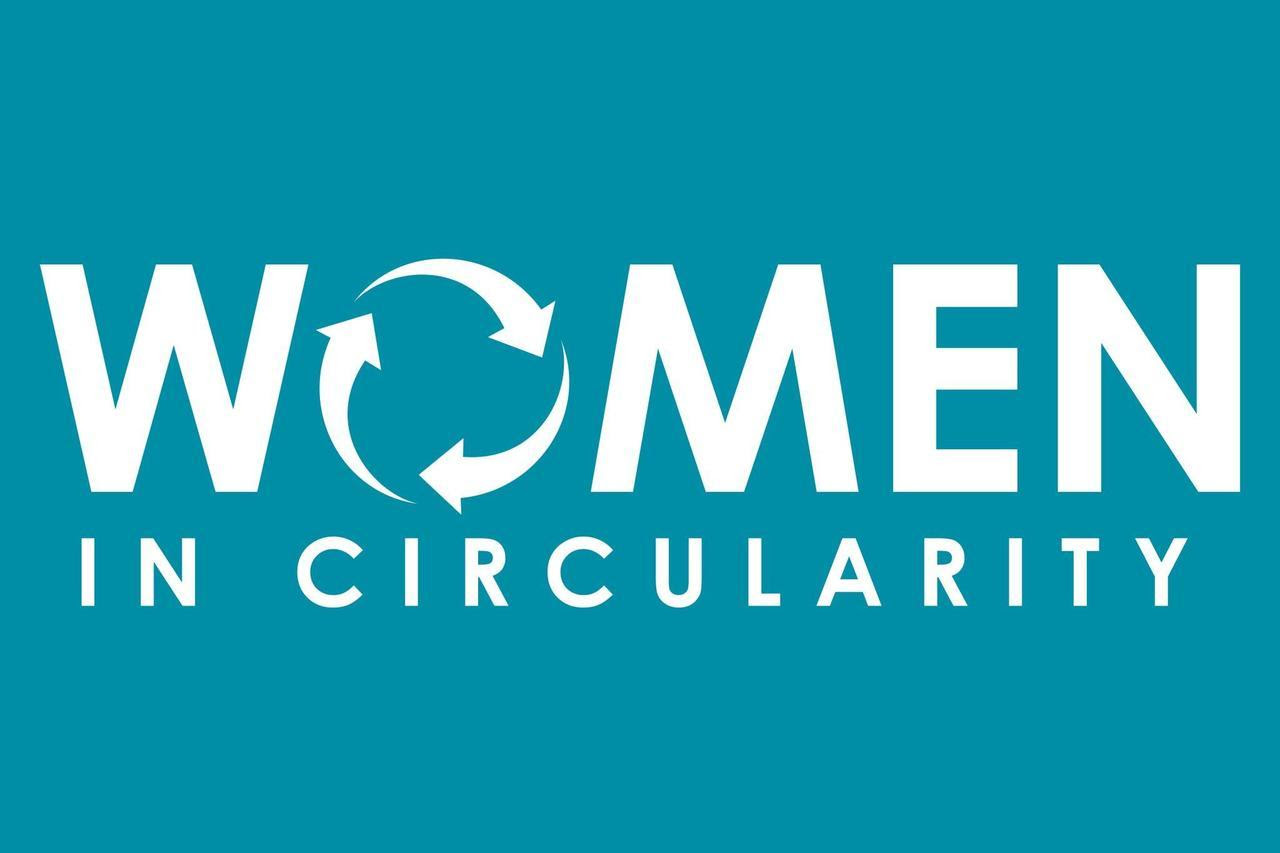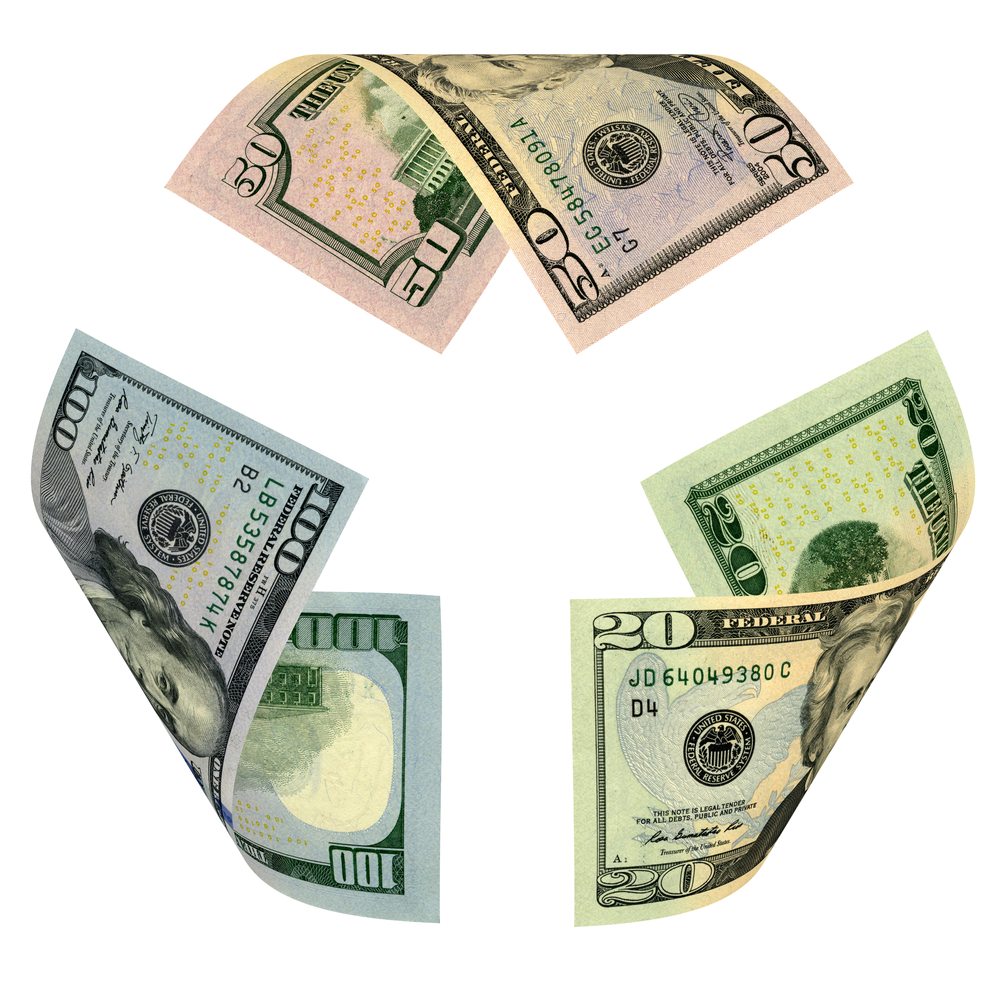 A warm welcome back to “Women in Circularity,” where we shine a light on women moving us toward a circular economy. This month, I was pleased to connect with an expert in recycling: Judi Gregory. Continue Reading
A warm welcome back to “Women in Circularity,” where we shine a light on women moving us toward a circular economy. This month, I was pleased to connect with an expert in recycling: Judi Gregory. Continue Reading

 A warm welcome back to “Women in Circularity,” where we shine a light on women moving us toward a circular economy. This month, I was pleased to connect with an expert in recycling: Judi Gregory. Continue Reading
A warm welcome back to “Women in Circularity,” where we shine a light on women moving us toward a circular economy. This month, I was pleased to connect with an expert in recycling: Judi Gregory. Continue Reading
 A warm welcome back to “Women in Circularity,” where we shine a light on women moving us toward a circular economy. This month, I was pleased to connect with an expert in the delivery of community based recycling services: Katie Drews. Katie is the co-president and CEO of Eureka Recycling, a nonprofit zero-waste organization and social enterprise recycler based in Minneapolis. Katie has nearly two decades of experience in marketing and business strategy and has a track record of driving change and innovation in corporate, higher education and nonprofit sectors.
A warm welcome back to “Women in Circularity,” where we shine a light on women moving us toward a circular economy. This month, I was pleased to connect with an expert in the delivery of community based recycling services: Katie Drews. Katie is the co-president and CEO of Eureka Recycling, a nonprofit zero-waste organization and social enterprise recycler based in Minneapolis. Katie has nearly two decades of experience in marketing and business strategy and has a track record of driving change and innovation in corporate, higher education and nonprofit sectors.
 A key curbside plastic grade has reached prices it hasn’t seen in over three years, while mixed paper and OCC values are holding steady this month. Continue Reading
A key curbside plastic grade has reached prices it hasn’t seen in over three years, while mixed paper and OCC values are holding steady this month. Continue Reading
 Several plastic grades saw major price increases at the beginning of 2025. Other key recyclables, including mixed paper, OCC and aluminum cans, held steady month over month. Continue Reading
Several plastic grades saw major price increases at the beginning of 2025. Other key recyclables, including mixed paper, OCC and aluminum cans, held steady month over month. Continue Reading
 Prices for most major curbside recyclables dropped this month, but a couple outliers were natural HDPE and aluminum beverage cans, both of which saw double-digit percentage increases in value. Continue Reading
Prices for most major curbside recyclables dropped this month, but a couple outliers were natural HDPE and aluminum beverage cans, both of which saw double-digit percentage increases in value. Continue Reading
In more evidence of a market shift, OCC and mixed paper are both fetching lower prices than they were last month, reversing the upward trend of the past couple years. But both fiber grades are still trading at or above their values a year ago.
Mixed paper and OCC sank by 21% and 16%, respectively, this month, marking a pivot from a long runup that plateaued over the summer. Curbside plastic price trends varied by grade.

A policy analyst from EPR Group Consulting explains the producer fees and deadlines that are coming in each state. | martina_l/Shutterstock
The extended producer responsibility programs for packaging that are currently unfolding in several states impose two primary obligations on producers of covered materials: reporting data and paying fees to a producer responsibility organization.

Amy Wald, Greenluxe
A warm welcome back to “Women in Circularity,” where we shine a light on women moving us toward a circular economy. This month, I was pleased to connect with a sustainable tourism expert: Amy Wald. Amy is the President of Greenluxe, a consulting firm in Ohio that specializes in developing zero waste and sustainability strategies, training and certification designed for hotels and other tourist destinations. She has over 15 years of experience in the sustainable tourism industry. Continue Reading

Prices for major fiber grades were either steady or dipped marginally this month, while color HDPE began to inch higher following a 40% price crash over the summer. Continue Reading
